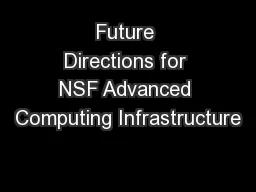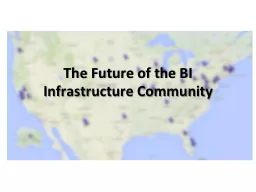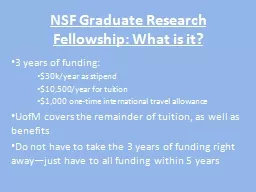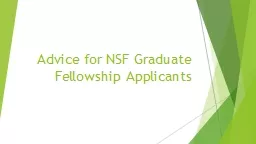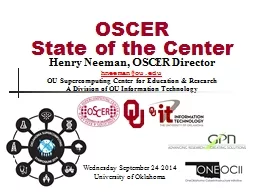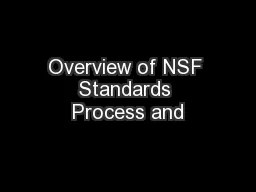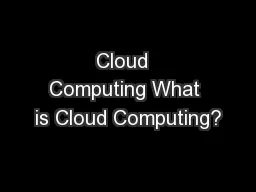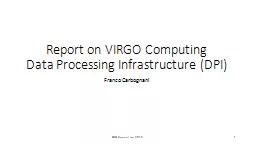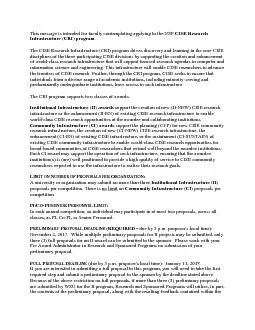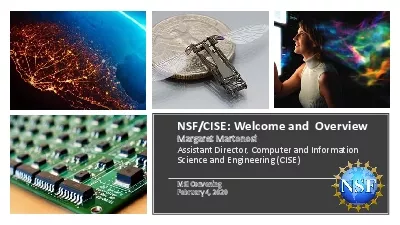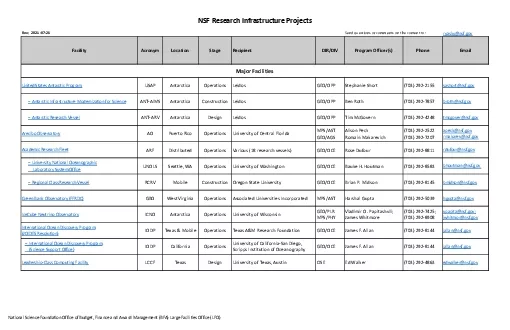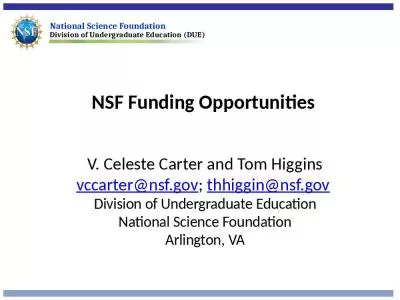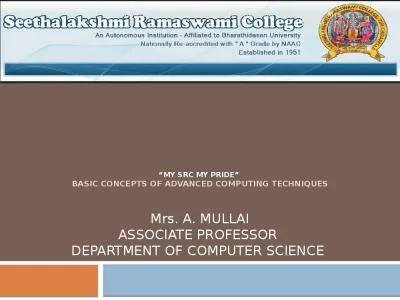PPT-Future Directions for NSF Advanced Computing Infrastructure
Author : natalia-silvester | Published Date : 2015-10-10
ACCI meeting April 2 2014 Jon Eisenberg Director CSTB v2 1 2 Credit National Academy of Sciences National Academies today 3 c harge to committee A study committee
Presentation Embed Code
Download Presentation
Download Presentation The PPT/PDF document "Future Directions for NSF Advanced Compu..." is the property of its rightful owner. Permission is granted to download and print the materials on this website for personal, non-commercial use only, and to display it on your personal computer provided you do not modify the materials and that you retain all copyright notices contained in the materials. By downloading content from our website, you accept the terms of this agreement.
Future Directions for NSF Advanced Computing Infrastructure: Transcript
Download Rules Of Document
"Future Directions for NSF Advanced Computing Infrastructure"The content belongs to its owner. You may download and print it for personal use, without modification, and keep all copyright notices. By downloading, you agree to these terms.
Related Documents

